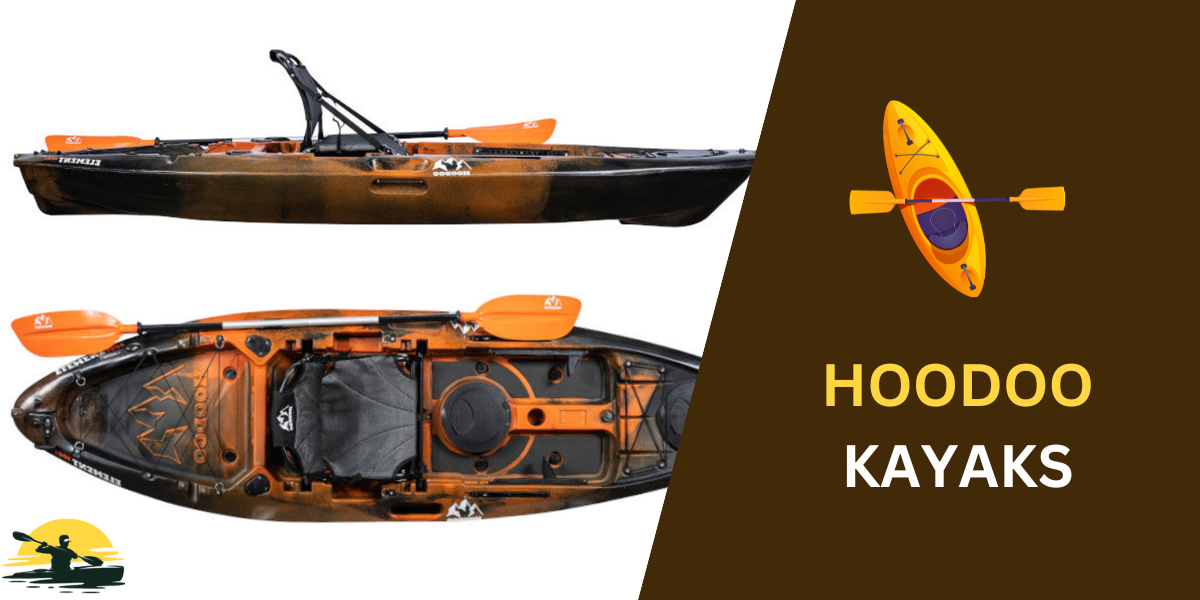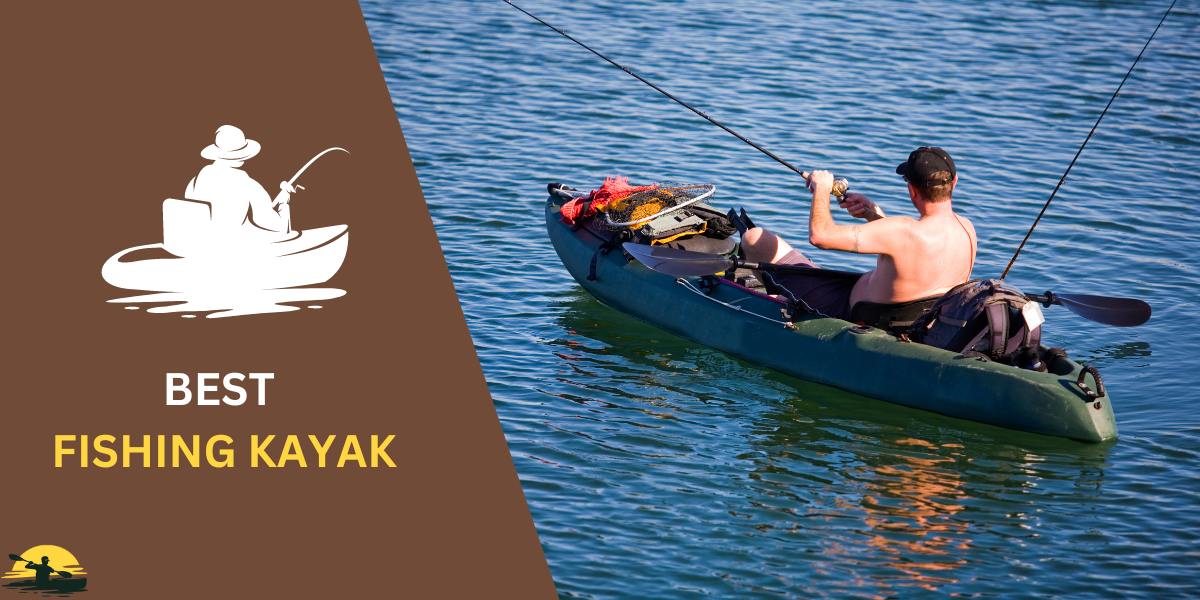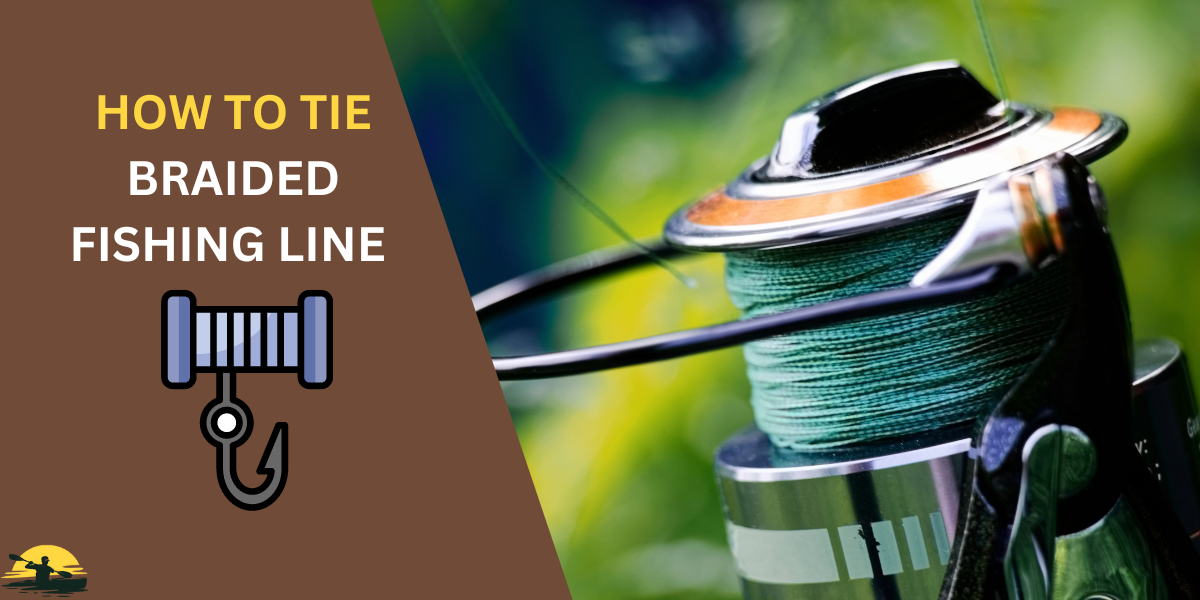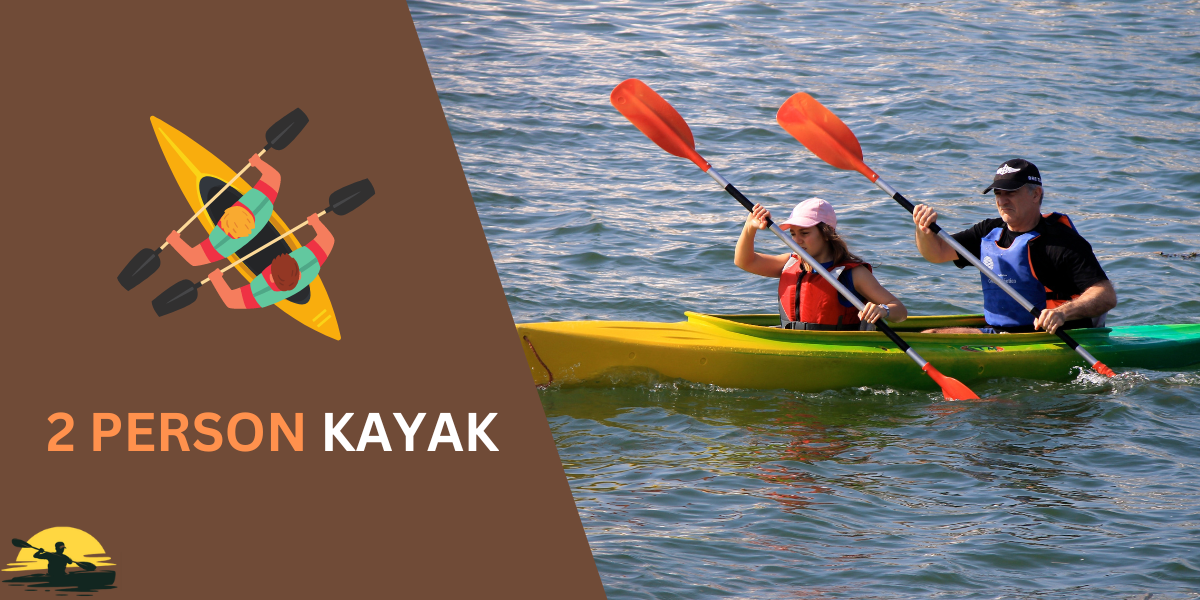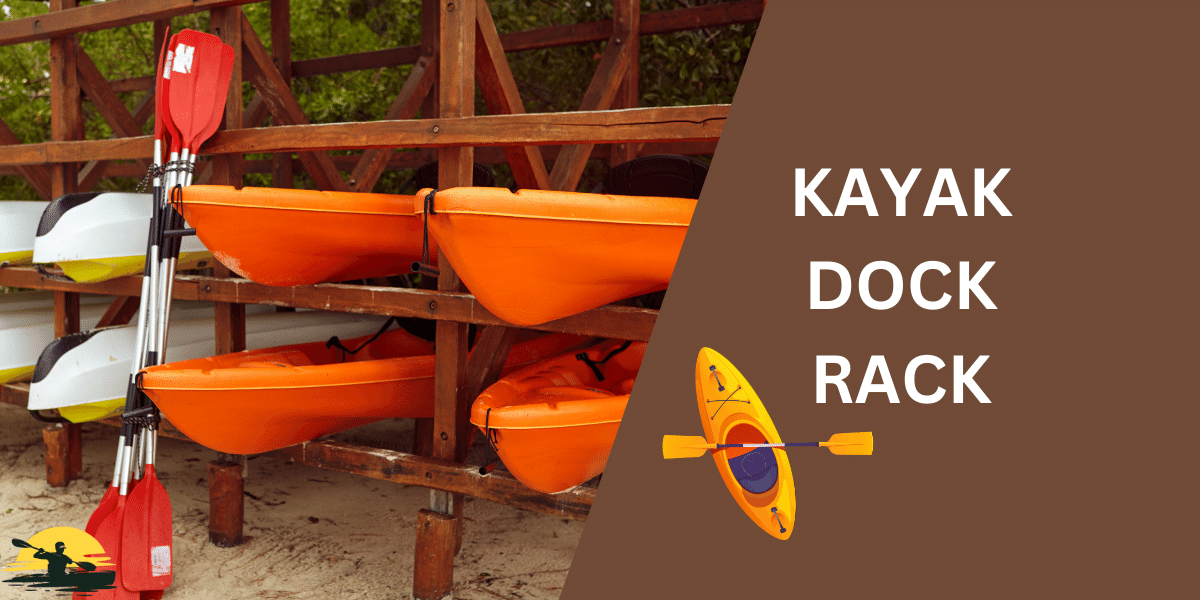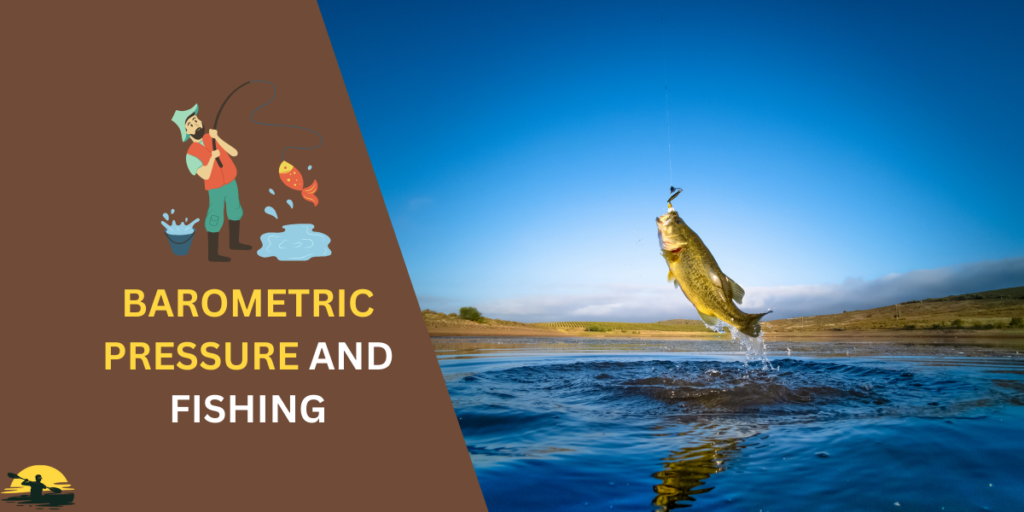
Ever wonder why fish seem to bite more on some days than others? Believe it or not, air pressure, also called barometric pressure, can make a big difference.
When the air pressure changes (higher, lower, or steady), it can affect things like water temperature and the food chain, which in turn affects where fish swim and if they’re hungry.
Let’s dive in and see how understanding barometric pressure can help you catch more fish!
How Barometric Pressure Affects Fishing
- Barometric pressure is the weight of the air, and changes in this pressure can significantly influence fish behavior.
- Fish have swim bladders that are sensitive to pressure changes, causing them to adjust their depth and feeding patterns.
- Falling or low pressure often triggers increased fish activity and feeding, making it a prime time for fishing.
- Rising or high pressure can make fish less active and more difficult to catch, requiring anglers to adjust their tactics.
- Using a barometer and paying attention to weather patterns can help anglers predict fish behavior and improve their chances of success.
What is Barometric Pressure?
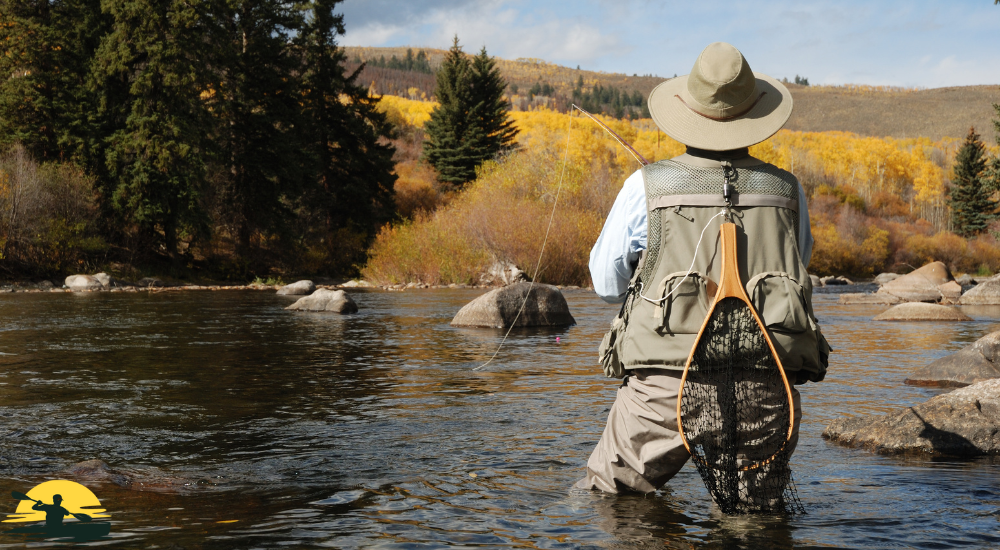
Alright, so what exactly is this “barometric pressure” we keep talking about?
In simple terms, it’s just the weight of the air pushing down on us and everything else on Earth. Scientists use fancy tools like barometers to measure it, usually in inches of mercury (inHg) or millibars (mb).
Here’s the thing, though: barometric pressure is sometimes different. It can be high, low, or somewhere in between. It can also change quickly, going up (rising pressure), down (falling pressure), or staying pretty much the same (stable pressure).
And guess what? All of these changes can mess with the fish we’re trying to catch!
Barometric Pressure Effect
Now, you might be thinking, “How can something like air pressure affect fish that live underwater?” It turns out that barometric pressure affects a whole bunch of things that are important to fish.
Think of it like this: fish have a little pocket of air inside them called a swim bladder.
This bladder helps them float and move around. When the barometric pressure changes, it can squeeze or expand that swim bladder, like a balloon. Imagine how uncomfortable that would be!
So, when the pressure drops, it can make fish feel a little sick and less hungry.
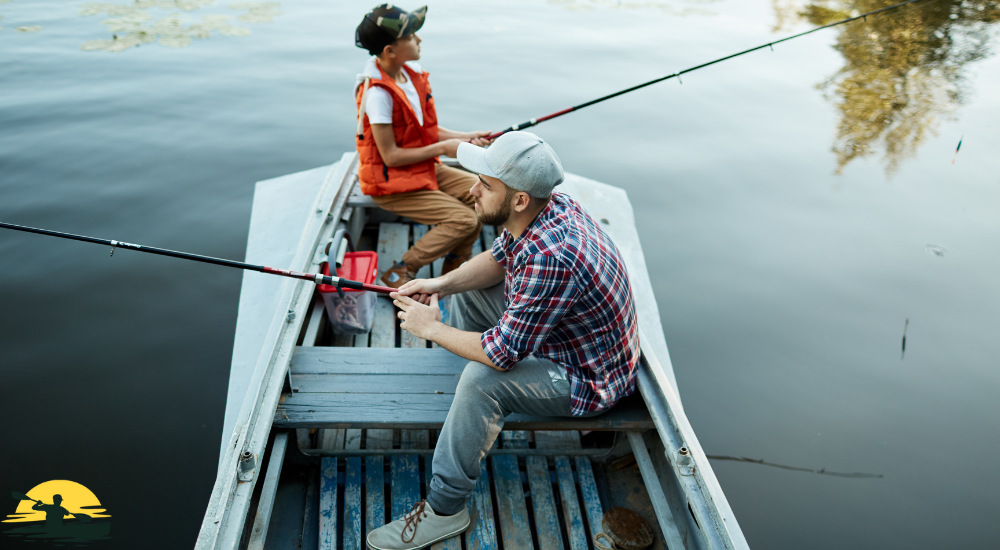
And if the pressure changes really quickly, it’s like a roller coaster ride for them! On the other hand, stable pressure is like a calm, peaceful day. The fish are comfortable and more likely to eat.
But it’s not just about the swim bladder. Barometric pressure also affects the water itself. When the pressure changes, it can mess with the water temperature, how much oxygen is in the water, and even how much sunlight reaches down below.
All of these things can change where the fish are hanging out and how hungry they are.
Here’s a quick rundown of how different types of pressure can affect fish:
- High Pressure: Fish may swim deeper, be less active, and be harder to catch.
- Low Pressure: Fish may move closer to the surface, be more active, and be easier to catch.
- Rising Pressure: Fish might get a little skittish and stop biting as well.
- Falling Pressure: Fish often get excited and start feeding like crazy.
- Stable Pressure: Fish behavior becomes more predictable, but they might not be as hungry.
So, as you can see, barometric pressure can have a huge impact on fish behavior. It’s like a puzzle piece that helps us understand the big picture of what’s happening underwater. And the more we understand, the better our chances of catching fish, even on tough days!
Barometric Pressure and Fishing
Now that we know how pressure affects fish let’s dive deeper into each scenario and figure out how to use it to our advantage!
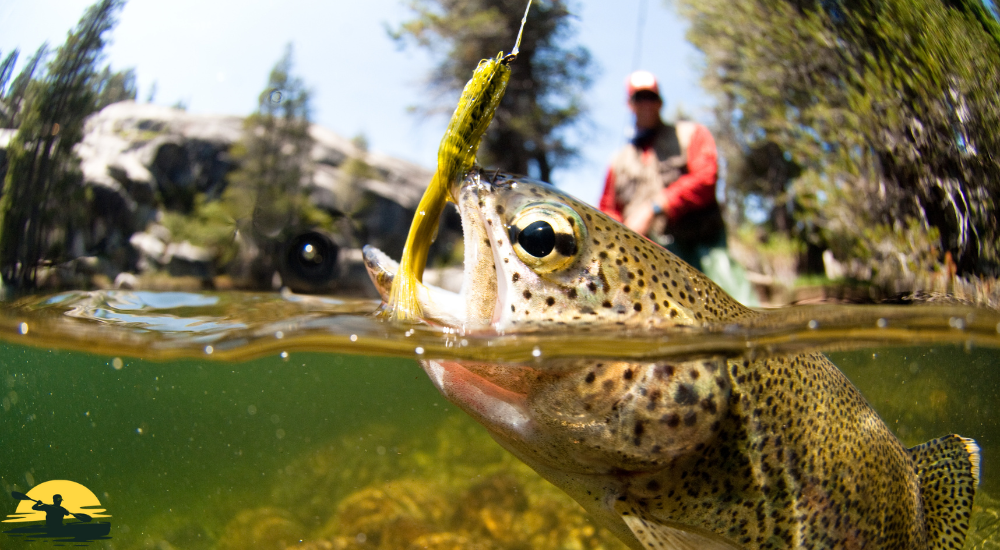
Rising Pressure: When the barometric pressure is going up, fish tend to get a little nervous. Think of it like they’re getting a headache. They might not be as interested in eating and might swim deeper to relieve the pressure in their swim bladders. So, what can you do?
- Slow down your presentation: Fish are less likely to chase a fast-moving lure.
- Use smaller baits: They might be more willing to nibble on something small.
- Fish deeper: That’s where they’ll be hanging out to feel more comfortable.
High Pressure: High pressure usually means blue skies and calm weather, but it’s not always great for fishing. Fish become even less active and harder to tempt. But don’t worry; there are still ways to catch them:
- Focus on structure: Fish might be holding tight to underwater cover like rocks or fallen trees.
- Use live bait: The natural scent and movement can sometimes entice them to bite.
- Fish early or late in the day: Low light conditions can make fish a little more daring.
Falling Pressure
This is when things get exciting! Falling pressure often triggers a feeding frenzy. Fish are like, “It’s party time!” They become more active and aggressive, ready to chow down.
- Speed up your presentation: Fish are willing to chase a fast-moving lure.
- Use larger baits: They’re hungry and looking for a big meal.
- Cover more water: Active fish can be anywhere, so don’t be afraid to move around.
Low Pressure
Low pressure is usually associated with cloudy or stormy weather, but it can be a goldmine for fishing. Fish are often at their most active and easiest to catch.
- Target shallow water: Fish might be closer to the surface, looking for food.
- Try a variety of lures: They’re more likely to bite on different things, so experiment!
- Be prepared for action: Low pressure can bring some awesome fishing!
Stable Pressure
When the pressure stays the same for a while, fish tend to follow their usual patterns. This is a good time to pay attention to other factors like water temperature and time of day.
- Focus on patterns: Figure out where fish are feeding and what they’re biting on.
- Use finesse techniques: A subtle presentation might be needed to tempt cautious fish.
- Be patient: Stable pressure can mean a slower bite, but it’s still possible to catch fish.
So, there you have it! While barometric pressure isn’t the only factor that affects fish behavior, it’s definitely an important one to keep in mind. By understanding how pressure changes influence fish, you can plan your fishing trips better and increase your chances of success.
Real-World Examples
So, how do you use all this barometric pressure knowledge to your advantage when you’re out catching fish?
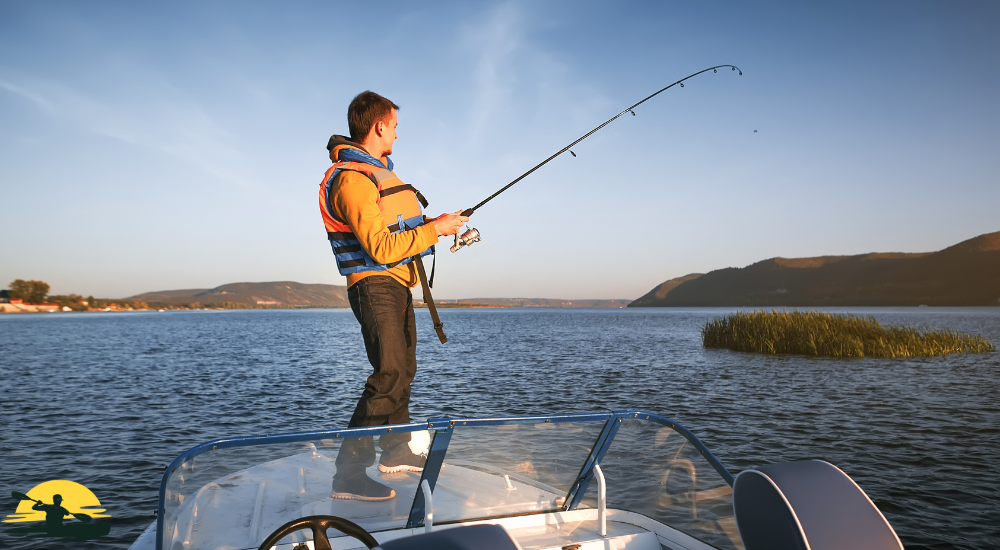
It’s easier than you might think! All you need is a barometer, which is a tool that measures atmospheric pressure. You can find them online, at sporting goods stores, or even as part of a weather app on your phone.
Keep an eye on the pressure trends: Is it rising barometric pressure, falling barometric pressure, or staying the same? Remember, falling or low pressure is often a good sign for fishing because the barometric pressure drops, and fish may become more active.
Rising or high barometric pressure might make it a bit tougher because the barometric pressure affects fishing negatively.
But don’t just rely on the barometer alone. It’s important to look at the whole picture. What’s the weather like? Is it sunny or cloudy? Windy or calm? How about the water temperature? All of these factors can play a role in fish activity.
Here are a few tips for using a barometer to improve your fishing success:
- Keep a log: Record the barometric pressure along with the weather conditions and how the fish were biting on your fishing trips. Over time, you’ll start to see patterns.
- Look for trends: Don’t just focus on the current pressure reading. Is the pressure rising, falling, or stable? A change in pressure, especially a drop, can be a good sign that the barometric pressure affects fishing positively.
- Combine with other factors: Use the barometer readings along with your knowledge of the weather, water conditions, and the specific fish you’re targeting.
Remember, a barometer is just a tool. It’s not a magic wand that guarantees you’ll catch fish every time.
But by understanding how barometric pressure affects fishing and combining that knowledge with other environmental factors, you can make better decisions about when and where to fish and, hopefully, catch more fish in the process!
Conclusion
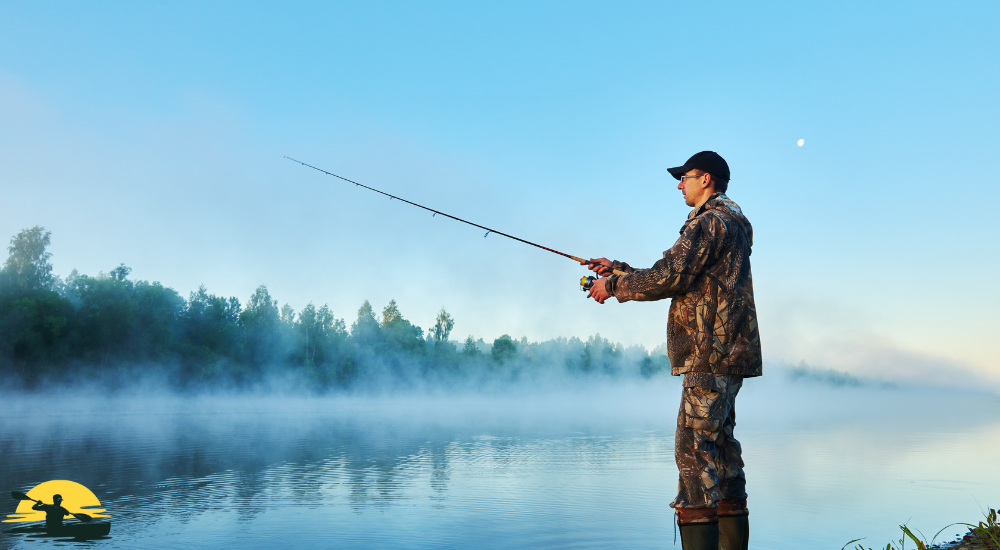
So, there you have it! While barometric pressure isn’t the only thing that determines whether you’ll catch fish or not, it’s definitely something to keep in mind when planning your next fishing trip, especially if you are bass fishing.
By understanding how changes in barometric pressure can affect fish behavior, you’ll be better prepared to tackle any weather conditions that come your way.
Remember to grab your barometer and start tracking those pressure trends.
You might be surprised at how much of a difference barometric pressure makes when it affects fishing! And who knows, you might even discover that some of your best fishing days happen when the weather isn’t perfect.
Remember, the more you learn about how barometric pressure affects fishing, the more confident and successful you’ll become on the water.
So, next time you’re planning a fishing trip, take a quick look at the barometer. It might just lead you to your biggest catch yet! For the ing trip, take a quick look at the barometer. It might just lead you to your biggest catch yet!
Frequently Asked Questions
How does barometric pressure affect fishing?
Barometric pressure affects fishing by influencing fish behavior. Changes in pressure can impact a fish’s swim bladder, causing discomfort and altering their feeding patterns. Additionally, pressure changes can affect water temperature, oxygen levels, and the availability of food, all of which play a role in how fish behave.
What is the best barometric pressure for fishing?
There’s no single “best” barometric pressure for fishing, as different fish species and weather patterns can influence the ideal conditions. However, many anglers find success during periods of falling or low pressure, as fish tend to be more active and feed more aggressively in these conditions.
How does rapidly rising pressure affect fishing?
Rapidly rising pressure can make fish feel uncomfortable and less likely to feed. They might move to deeper water to seek relief from the pressure change. Anglers should adjust their tactics during these times, slowing down presentations and focusing on deeper areas.
How does rapidly falling pressure affect fishing?
Rapidly falling pressure often triggers a feeding frenzy in fish. They become more active and aggressive as the pressure drops. Anglers should take advantage of these conditions by using faster presentations and targeting shallower areas where fish are likely to be feeding.
What role does medium pressure play in fishing?
Medium pressure often leads to more stable fish behavior and predictable feeding patterns. While more exciting than rapidly falling pressure, medium pressure can still offer good fishing opportunities. Anglers can focus on specific locations and techniques that have proven successful in similar conditions.


